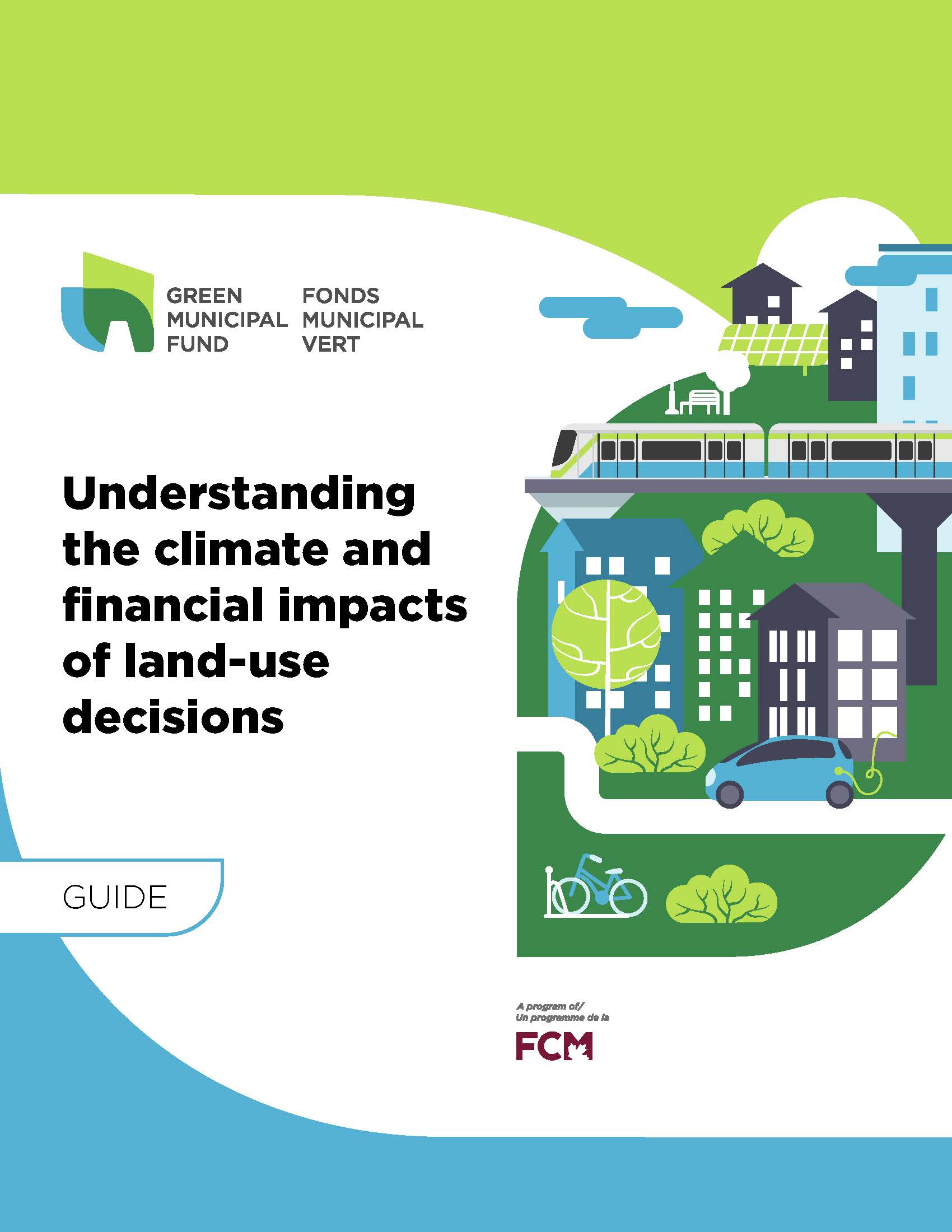A New Tool for Sustainable Land-use Decisions

The LUIC helps cities make a business case for climate-friendly development


17 December 2024
The free Land Use Impact toolkit includes an MS Excel add-in to help cities compare the financial and emissions impacts of land-use decisions, as well as a guidebook on cost-effective, low-emission planning.
The way cities choose to organize and develop their lands locks in future maintenance costs and greenhouse gas emissions. Spread out, dispersed communities infringe on farmland and natural areas, leave people more dependent on cars, and require more costly infrastructure. Though these costs may be intuitively understood, it can be hard to decipher the extent of the downsides or how they compare to more compact development.
Enter the Land Use Impact Calculator. Our latest tool is designed to answer this question and make a business case for sustainable development. The Land-Use Impact Calculator (LUIC) is a free Microsoft Excel plug-in that we developed with the Federation of Canadian Municipalities (FCM) and Canada Mortgage and Housing Corporation (CMHC) for local governments to assess the financial and greenhouse gas impacts of new developments. It is accompanied by a guidebook that compares different land-use development scenarios to show the costs and benefits of different development patterns.
Our latest tool is designed to make a business case for sustainable development
The Land Use Impact Calculator
The LUIC allows planners to compare development scenarios by using local data to generate projections of greenhouse gas emissions, infrastructure capital costs, and municipal revenues for potential land-use approaches for residential developments. The tool comes pre-loaded with data on energy sources, emissions factors, building codes, infrastructure capital costs, and more from Canadian provinces. These values can also be customized with more precise and relevant local data.
The Land Use Impact Guide
For those not wanting to dive into the tool right away, the guide compares development patterns using the LUIC and provides a case study of land-use decisions in the City of Prince George, British Columbia. The guide highlights the importance of making strategic choices: higher-density, well-planned communities reduce emissions, lower infrastructure costs, and generate more municipal revenues, and result in lower municipal expenditures while improving public health.
For climate planners tired of hearing that sustainable development is too expensive, we hope the toolkit will provide evidence of tangible financial advantages to build support for climate-friendly development patterns.
Guidebook
Understanding the climate and financial impacts of land-use decisions

This FCM guide aims to provide municipal elected officials and staff with insights on how land-use decisions impact their community’s greenhouse gas emissions and fiscal sustainability. It breaks down the different types of greenhouse gas emissions affected by land-use policies and compares the costs and benefits of three common development patterns: low-density residential developments, medium-density transit-oriented developments, and high-density mixed-use infill developments. It also includes a case study and a list of tools to assist municipalities with land-use planning.
Year
2024
Publisher
Federation of Canadian Municipalities
Contact Us
Have questions about our services or want to know more about how we can help you?





